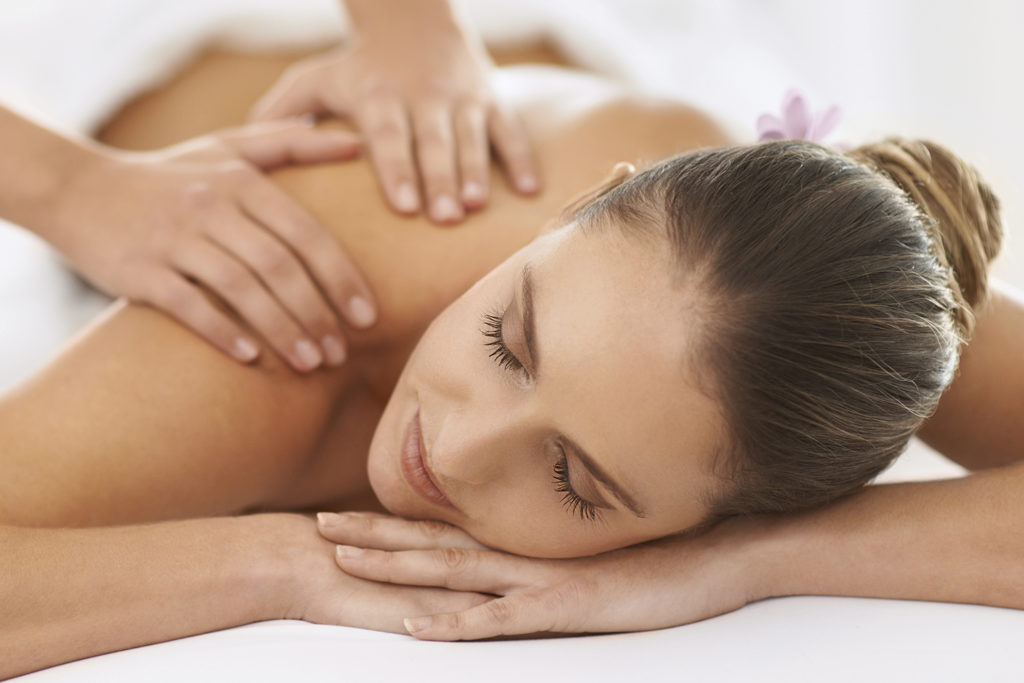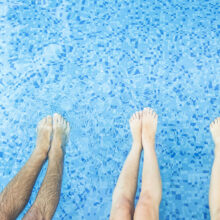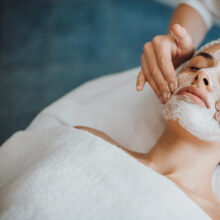What is Shiatsu Massage?
- Published: Thursday, October 11th 2018
- in Living Well

Shiatsu’s Origin:
For thousands of years, Eastern healers have used pressure-point massage to balance the body; shiatsu is the Japanese version.
The idea is that chi, or life energy, flows through the body in 14 meridians. When the meridians are blocked, physical or emotional problems result.
During a shiatsu massage, you lie on a floor mat while the therapist gently rocks and stretches your body and applies finger and thumb pressure to points. The purpose can be to stimulate or to subdue energy, making shiatsu invigorating as well as relaxing.
Shiatsu treats your whole being rather than a single aspect of your body.
Good to know:
Shiatsu is excellent for stress management and pain management. Loose, comfortable clothing is worn during a shiatsu massage.
Shiatsu means “finger pressure” in Japanese, but that doesn’t begin to cover it. Shiatsu therapists use their thumbs not to mention elbows, knees, and feet, to apply strategic pressure to muscles and connective tissues.
Spas recommend shiatsu for stubborn knots, sports injuries, and back pain, and say the pressure can help trigger the release of chemicals, like cortisone, that help the body heal itself.
Practitioners of Zen or Five Elements Shiatsu therapy use the pressure-point massage for another reason — to balance the body’s chi (energy), a practice that comes from Traditional Chinese Medicine.
In both cases, you typically wear loose-fitting clothing, and it’s done on a floor mat. Expect intense pressure and a fair bit of movement as the therapist stretches your muscles and alleviates knots and pain.
While it’s languid enough to ultimately relax your muscles, it’s not likely something you’ll sleep through. Some therapists will spend a lot of time on your hara (stomach), which is considered the root of imbalance in Five Elements Shiatsu.
Editor’s Take:
Beneficiaries of Western-style massage often talk about a therapist with great hands. Shiatsu requires great elbows, knees, and feet as well, although the word literally means “finger pressure.”
Known as acupuncture without needles, it involves pressing certain points on the meridians, bringing into balance conditions of kyo (depleted energy) and jitsu (excess energy).
When I got this treatment, I was asked to wear only a pair of boxer shorts (that could easily accommodate two of me) under the sheet, which therapist Cho uses to grip my flesh, her hands touching and leaving my body at the same spot, rather than stroking along the skin.
Her movements are staccato and the pressure intense, even before she steps aboard, but she promises to stop if it’s too much.
When I turn faceup, she wraps my head (including my eyes) with a towel as if I’d been shampooed and uses the towel to exert traction on my neck.
After a series of passive stretches in which my knees are rolled to opposite sides, I’m urged to rest for a while on the “hot floor”. There are heated pipes under the tatami mats and Japanese straw pillows. I could easily conk out here.
Shiatsu is by far the most dramatic Asian bodywork I’ve tried.



